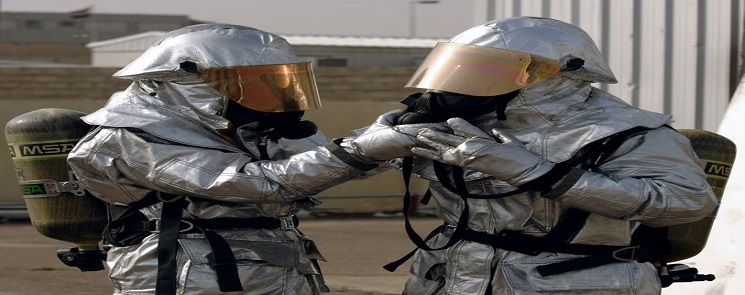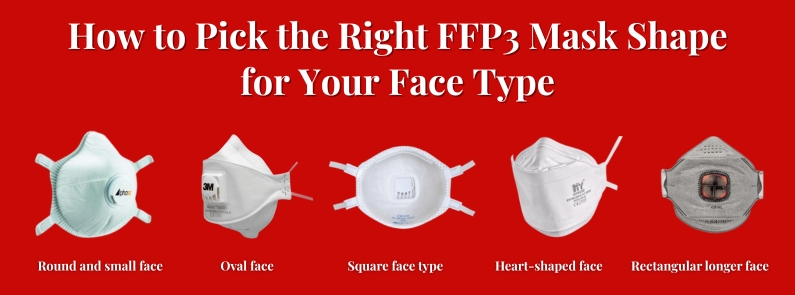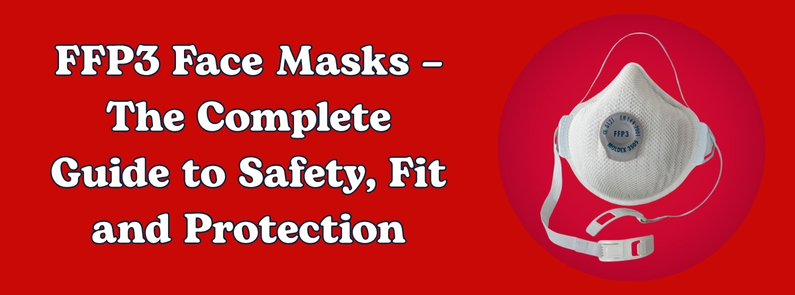
Respirators are crucial protective equipment for people or workers working in any kind of hazardous environment. They trap the smokes, particulates, chemicals, vapors, aerosols, mists, gases, and other contaminants from the air before they reach the breathing zone of the respirator.
But as the media in these respirators is limited, their service life is limited as well. So, when should you replace the filters of a respirator?
Owing to the important role that respirators play in hazardous environments, OSHA (Occupational Safety and Health Administration) has provided 3 ways to estimate the service life of the filters in a respirator. Before talking about these ways, let us have a look at some factors that affect the service life of respirator filters or cartridges.
Factors that Affect the Service Life of Filters
Irrespective of whether you use a dust masks and respirators, gas mask, or a chemical mask, there are several factors that can reduce the service life of the filter in your mask or respirator. Some of the most common factors are-
Exertion Level of the Worker
The exertion level of the worker has a major impact on the service life of the filters. A worker who is breathing faster will draw a higher amount of contaminants from the air. This means that the amount of contaminants captured by the filter of the respirator will be higher in a shorter period of time.
Temperature of the Workplace
Higher temperatures also negatively affect the service life of the filters. Higher temperatures can thermally loosen the forces responsible for the absorption of contaminants or along with the humidity, the higher temperature can also increase the amount of moisture carried by air. Studies suggest that a 10 degree Celsius rise in temperature can reduce the service life of the filter by up to 10%.
Variability of the Filter
A lot of dust respirator also have active materials in their filters for trapping the contaminants. The active material present in the filter has a direct relationship with the service life of the respirator. For instance, organic vapor respirators feature activated charcoal as the active material for trapping the contaminants. You can check the specifications of the filter to know more about its variability.
Apart from these three factors, relative humidity and the presence of multiple contaminants also reduce the service life of the respirator filter.
Developing Change Schedule for Respirator Filters
In case if it is a basic dust mask like an FFP3 dust mask, it is recommended that it should be disposed of after 8-10 hours of use if they’re not dirty.
When it comes to gas or chemical respirators, it is generally recommended that a worker should dispose of the cartridge filter as soon as it is soiled, damaged, or if he/she experiences breathing difficulty. The filter should be replaced as per the disposal instruction of the manufacturer if these problems do not occur, But based on the information discussed above, it is not difficult to understand that the duration for changing respirator filters varies on a basis of a lot of factors.
As a result, employers are required to develop their own respirator filter change schedule. This is done on the basis of factors like-
- Concentration of contaminants
- Type of contaminants
- Humidity
- Temperature
- How frequently is the respirator used during a shift
- Work rate of the wearer
- Presence of chemicals or factors that can affect the service life of the filters
Based on these factors, the change schedule is then created with the help of one of the three methods recommended by OSHA. These methods are -
1. Manufacturer’s Recommendation
A simple way to create a filter change schedule is on the basis of the recommendations of the manufacturer. But as manufacturer’s do not have clear information about the factors discussed above in relation to your workplace, this method is not the most reliable.
2. Experimental Tests
Workers or 3rd party laboratories or consultants can do the experimental testing of a workplace. This testing too is only done once all the information about the contaminants and workplace is collected. In case of multiple contaminants, this method is known to be most accurate. However, the tests consume time and money.
3. Mathematical Models
Complex formulas or computer programs are used by mathematical models for determining the service life of the filters. In the absence of computer programs, descriptive or prescriptive models are used. However, this method is generally recommended for workplaces with a single contaminant. Moreover, it is generally not as accurate as experimental tests.
It is only after one of these methods are correctly used that the service life of respirator filters which are to be used at a particular workplace can be known. To make things a little easier, OSHA has also developed a “Rule of Thumb” for defining the service life of chemical cartridges.
The OSHA Rule of Thumb for Cartridges Service life of the cartridge filter is inversely proportional to the work rate
- If the concentration of contaminants is reduced by a factor of 10, the service life of the cartridge increases by a factor of 5
- If the boiling point of the chemical present at the workplace is above 70 degrees C and its concentration is less than 200 ppm, the service life of the cartridge can be up to 8 hours if the work rate is normal
- Service life is reduced by 50% if the humidity level is above 85%
But it is important to note that this “Rule of Thumb” should only be used along with one of the OSHA recommended methods for creating a change schedule. It should only be used as a guide and not a standalone set of rules for creating a change schedule.
Conclusion
While the manufacturers generally provide details with regards to the service life of the filters, there are several other factors at play for defining their true service life. No matter if the workers at your workplace use quarter mask, half face mask or full face mask make sure that you keep all of this information in mind to create a safe and productive workplace




